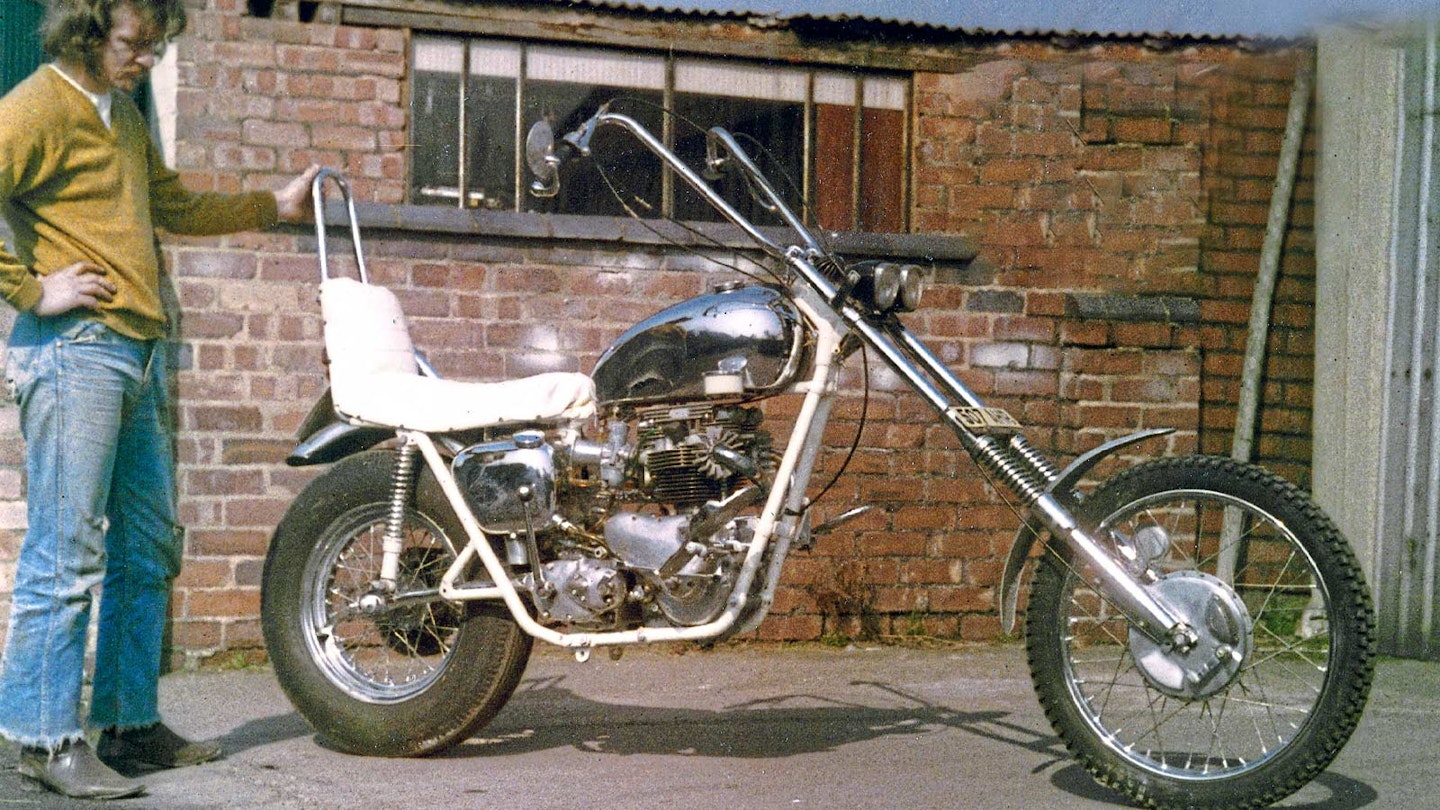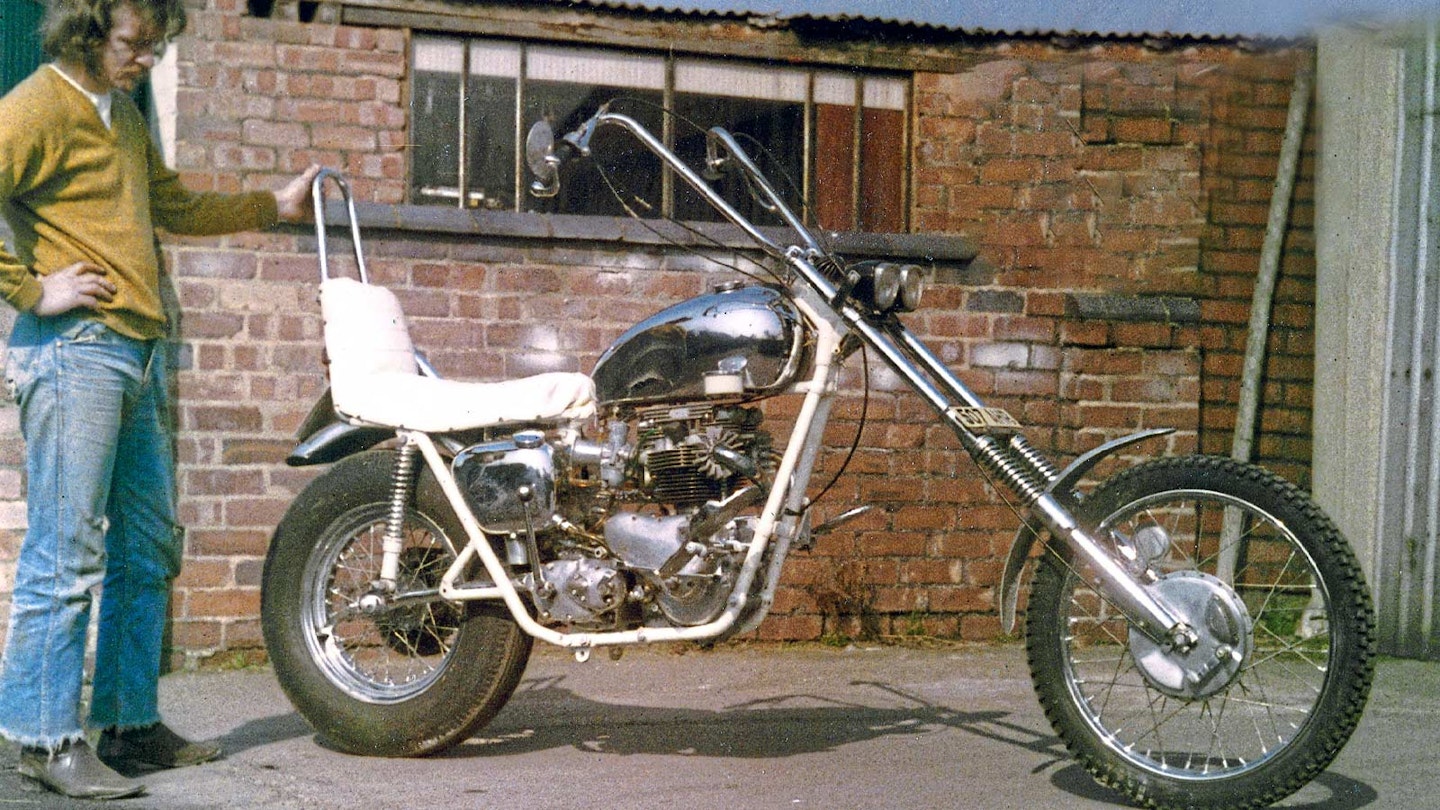Easy Rider inspired choppers galore and here’s one of them, built by Dek Crutchlow. This is the tale of how he rode it to Greece and back, two-up, as the ’60s drifted into the ’70s
Words RUPERT PAUL Photography DEK CRUTCHLOW

Regular readers of Classic Bike will be familiar with stories of forensic restorations, meticulously documented rebuilds and ingenious specials. This is not one of them. It’s all about a bike and its builder, Dek Crutchlow (see his CV on the last page of this feature) from a different time, when stuff just happened and people weren’t obsessed with ‘creating memories’ – in fact, a time of very blurred memories...
In 1960s Coventry, five miles from Meriden, there was no shortage of Triumphs to fuel Dek and his mates’ Easy Rider aspirations. “Basically bikes were just around; they changed hands and you never saw them again. I wouldn’t for one minute know who I bought 507 AHP off. Or did I get a frame, and then an engine, and bits and pieces, and build it up? Probably something like that.”
Turning a standard Triumph into a chopper was pretty straightforward. “You’d just cut the headstock, pull it back, add a gusset and weld it up. Everybody did it.”

The finer details – things like wheels, forks and exhausts – were provided by a cottage industry of manufacturers and craftsmen. “The forks were just two stanchions, spigoted, welded up and rechromed. Same with people running girder forks – they just extended the girders.
“There was a guy called Boothy who was a wheel builder, a real eccentric. He’d just do everything. The rear was a Sunbeam S8 16in rim on a Triumph hub; Sunbeams had those great big balloon tyres, but we ran car tyres. The front was a 21in. ’Bars were readily available. Wassell’s did them, and so did loads of other people. The sissy bars were home made, and we did all our own linkages and foot plates. My bike had paddle footrests, so you’d change gear or brake by moving the whole thing. You welded a bit on the back and side to stop your foot from slipping off, a bit like a steel shoe. It had straight-through pipes. We chromed everything. Back then it was dirt cheap.”
Sidestands – or any kind of stand – were regarded as superfluous. You just leaned your bolide against a convenient bollard. Dek admits the resulting contraptions weren’t exactly friendly. “They fall into corners. Coming out of the Devonshire pub, you’d be flopping into a right hand turn. But we just cowboyed round the streets like it was nothing. There was no preventative maintenance; you just got on it. If it broke down, you did it by the side of the road.”
